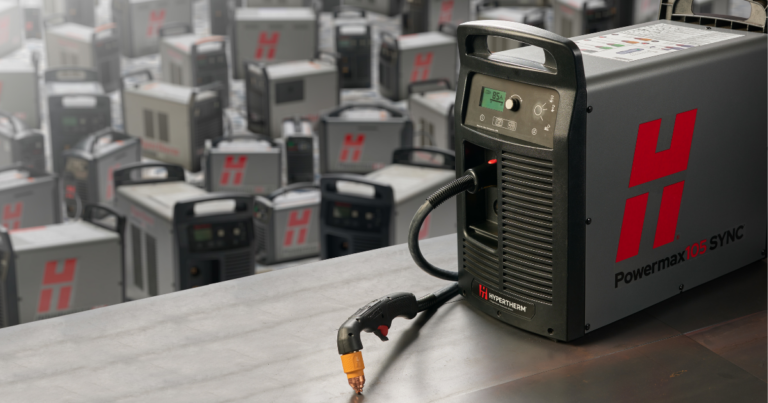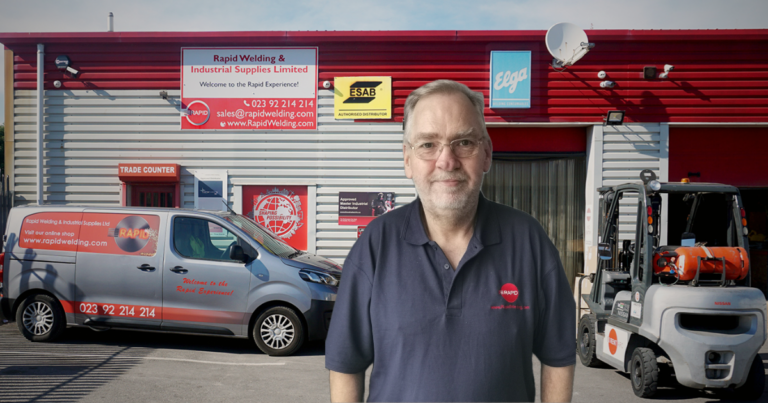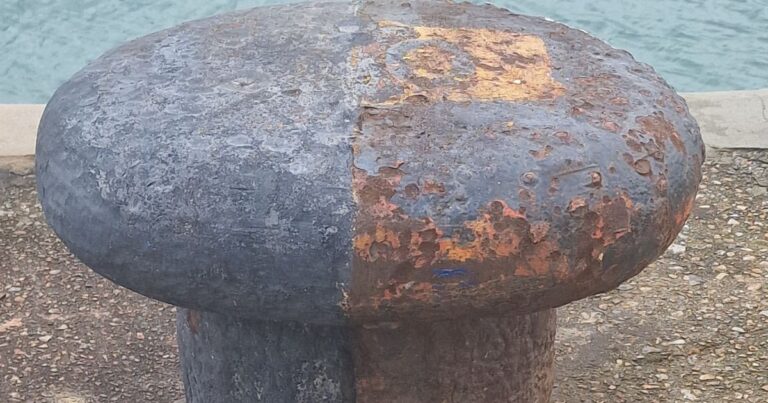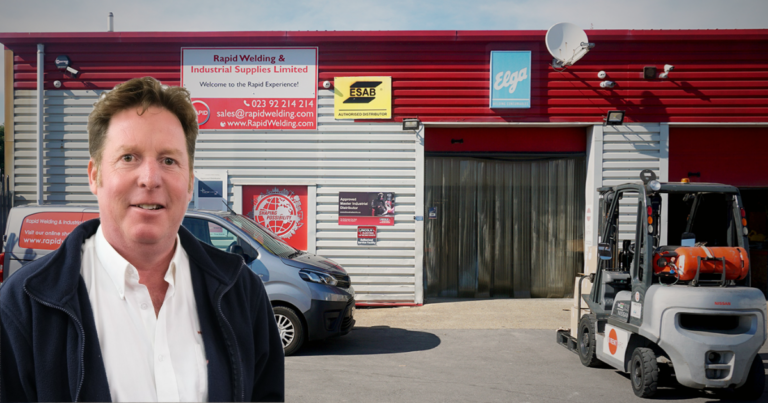The History of the Iconic ‘Rosie The Riveter’
The “We Can Do It!” poster, which years later became widely recognised as the uplifting image of “Rosie The Riveter”, was one of a number of works produced by Pittsburgh artist J. Howard Miller in 1943 for Westinghouse Electric, an American manufacturing company making turbines, generators and motors.
Evidence suggests the poster was aimed at inspiring the internal workforce at Westinghouse and to boost morale during the war effort, not as a wider/national recruitment tool for women to fill the vacant positions in factories left by men enlisted to help the war effort, as some believe. In fact, the “We Can Do It” poster was only displayed for a short period at Westinghouse during the February of 1943, before disappearing for nearly four decades! (https://en.wikipedia.org/wiki/We_Can_Do_It!)

Although there was originally a case of mistaken identity over who the young female worker in the poster was, there is evidence to suggest it was a young lady named Naomi Parker. Naomi, along with her sister, Ada, worked on aircraft assembly at the Alameda Naval Air Station. A photograph, taken in early 1942 of her operating a machine tool is now thought to be the source of Miller’s vision, although this cannot be confirmed.
Whoever the young lady was who provided the inspiration, it is clear that “Rosie the Riveter” is an image that has stood the test of time, still widely used today as a representation of strength, motivation and empowerment of women. Makes you wonder if J. Howard Miller knew when putting pen to paper that the female image depicted in the poster he would create would eventually become not only the cultural icon of WW2; a much loved representation of the remarkable women who worked in factories and shipyards during this time, but also the embodiment of strong women in the modern era.






